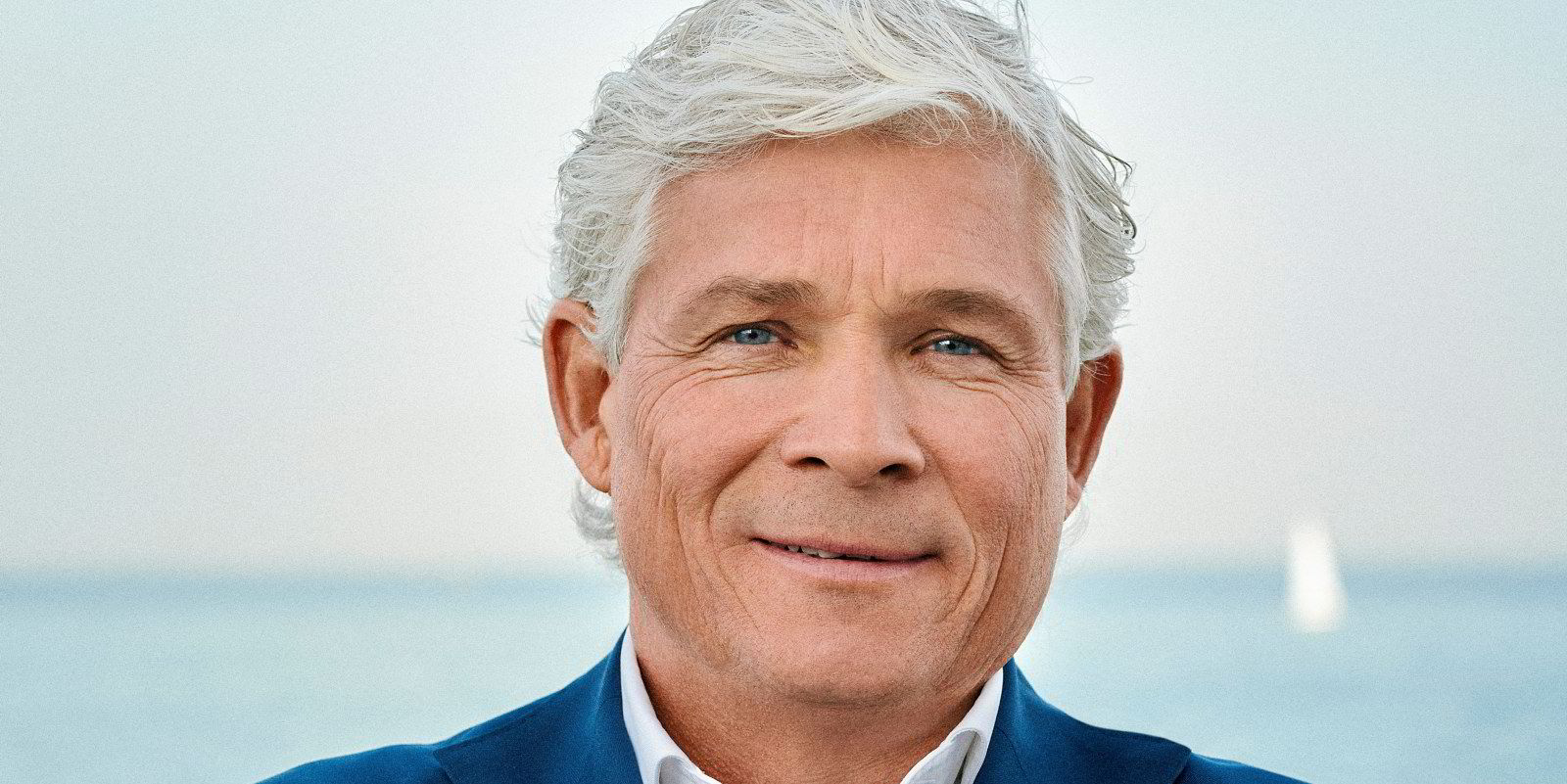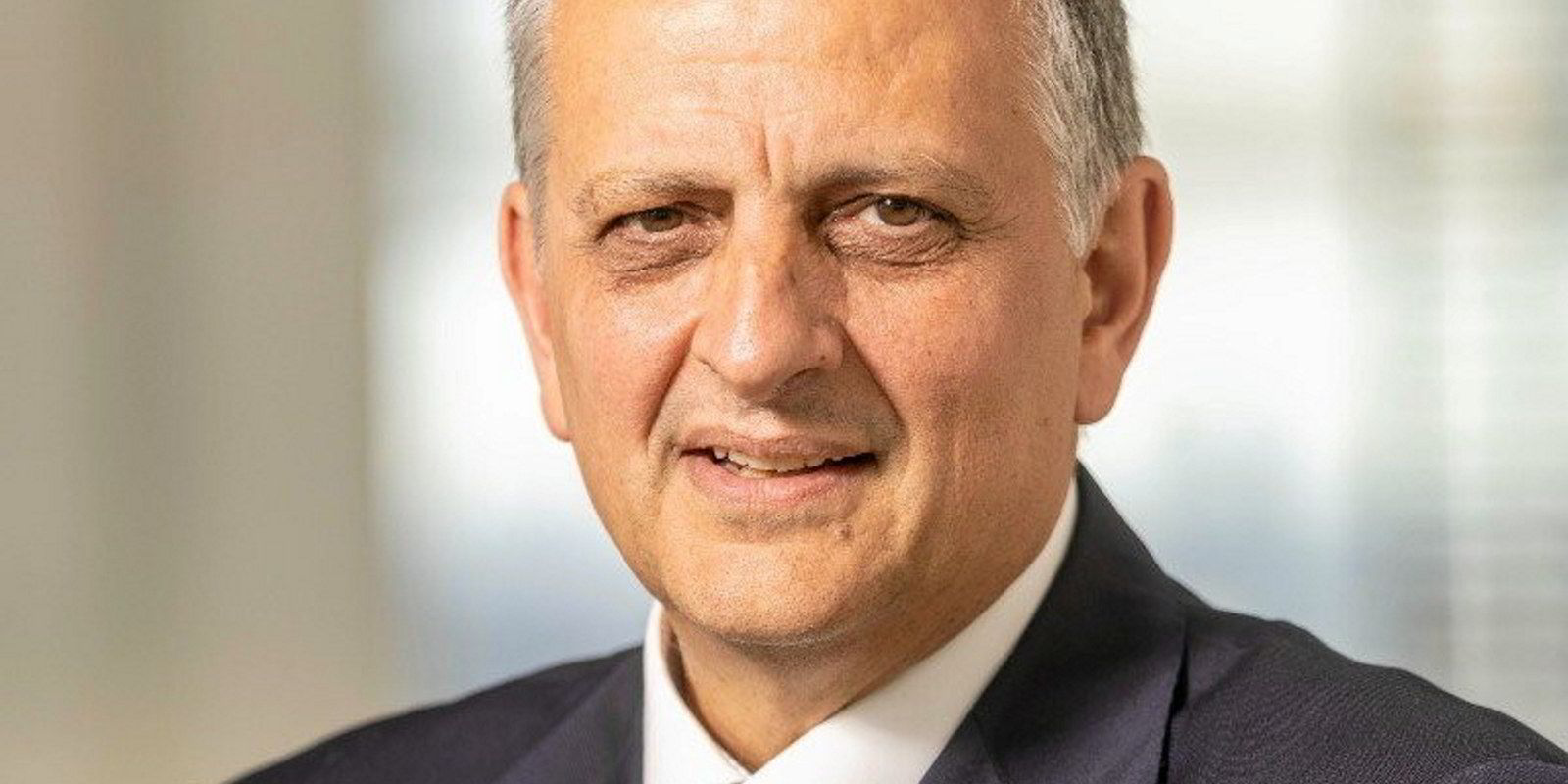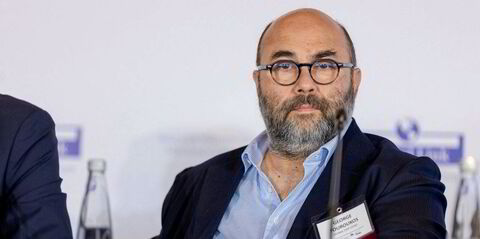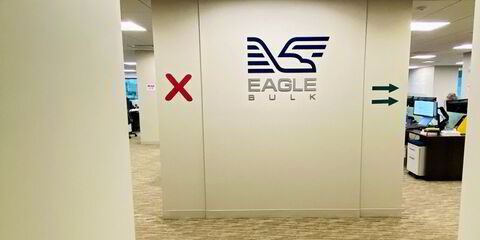Another strong quarter at product tanker owner Hafnia has resulted in its biggest-ever hand-out to shareholders.
The US and Oslo-listed BW Group company said net profit to 31 March was down to $219.6m from $256.6m a year earlier, due to higher charter hire and depreciation costs, as well as a $37m gain last year from ship sales.
Ebitda slipped to $287.1m from $296m, while revenue fell to $522m against $523m in 2023.
But Hafnia, which listed in New York in April, is paying out $0.34 per share, or $175.7m, as a dividend — a ratio of 80% of earnings. The company raises the ratio as loan-to-value levels fall.
“This marks the highest dividend Hafnia has ever made and holds potential for further growth as we continue strengthening our balance sheet,” chief executive Mikael Skov said.
The company managed an average rate of $36,230 per day for its fleet in the period.
At 10 May, Hafnia had secured coverage for 68% of the earning days in the second quarter at an average of $37,896 per day.
For 2024 as a whole, the figure is 32% at $33,901 per day.
Continued strength in market
Skov said the strength of the product tanker market continued into 2024 from last year due to vessels being rerouted on longer voyages via the Cape of Good Hope to bypass disruptions in the Red Sea, resulting in higher spot rates across all segments.
He attributed the strong profit to an “active management approach, modern fleet and strong presence in the spot market”.
The vessel pool and bunkering business also performed well, contributing $9.8m to the overall result.
“With a diversified and modern fleet of over 130 modern vessels and increasing asset values, our net asset value stands at approximately $4.3bn by the end of the quarter,” Skov added.
This figure includes purchase options for eight chartered-in vessels valued at $120m, “enabling us to capitalise on asset-value appreciation”.
The outlook for the rest of the year remains positive, he said.
“This is mainly due to refinery dislocations and ramp-ups expected in the Middle East, alongside minimal growth in tanker supply,” he added.
“Firm oil demand, particularly from China and India, also contributes to this positive outlook.”
At the end of the quarter, Hafnia had 117 owned vessels and 14 chartered-in vessels.





